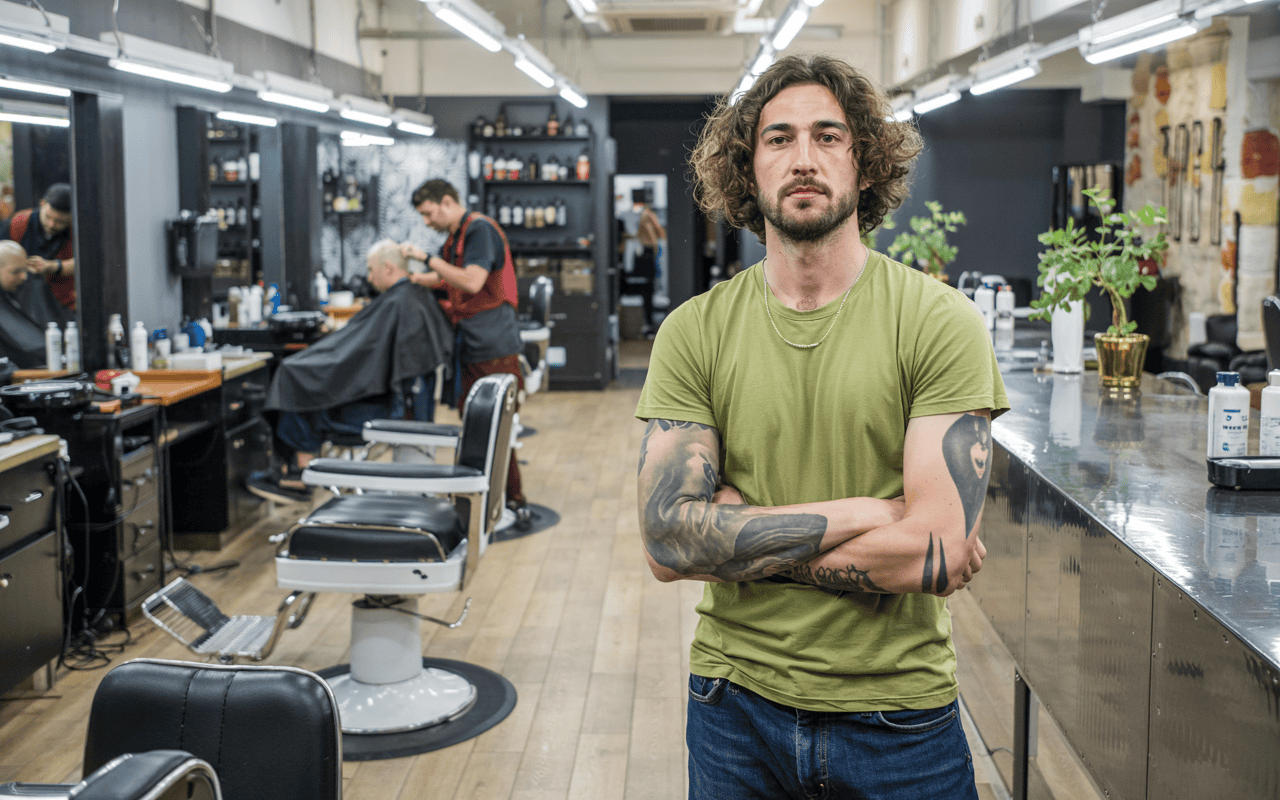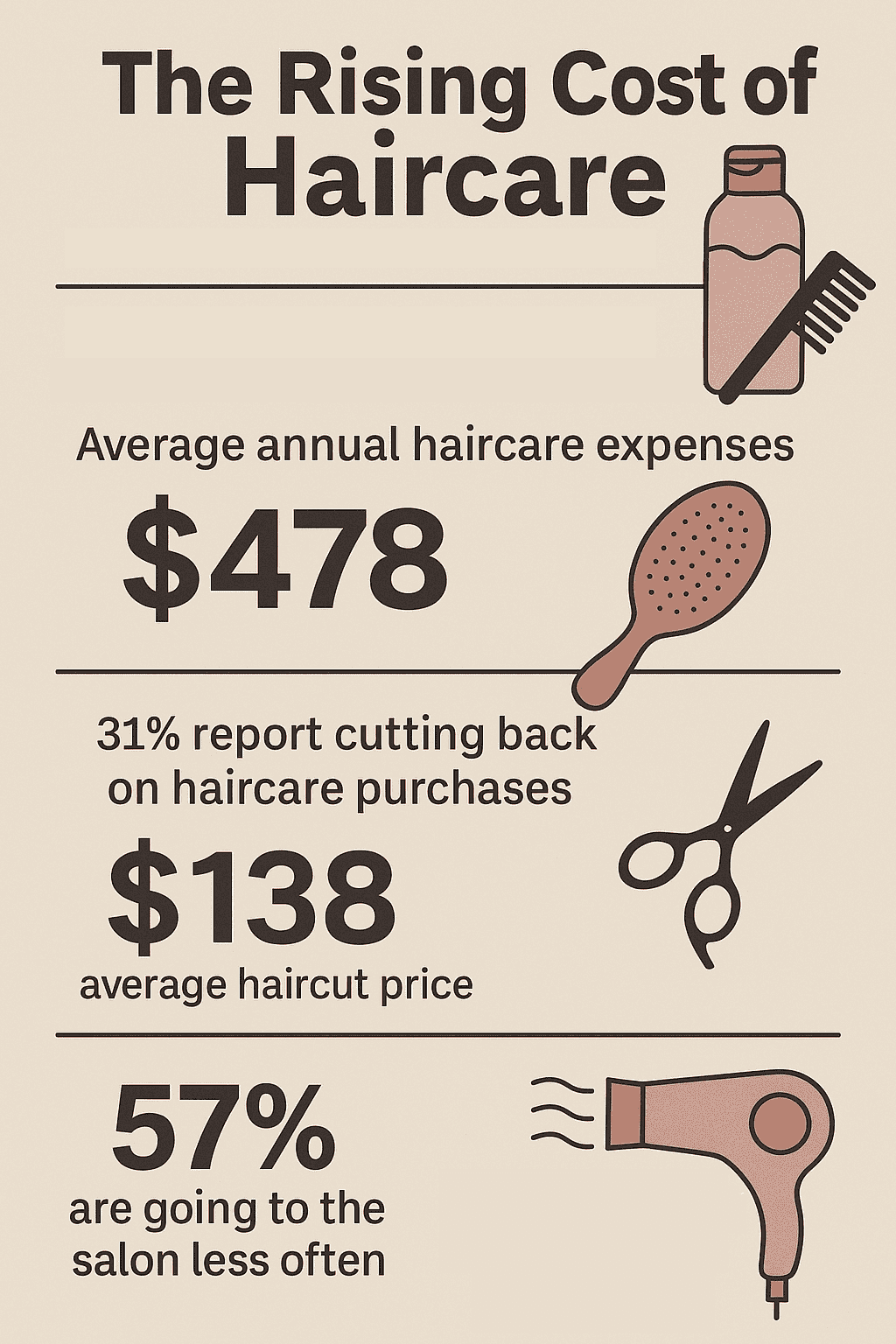Hair is more than just a feature—it’s an expression of identity, style, and confidence. But maintaining that perfect look often comes with a hefty price tag. As inflation and the cost of living continue to rise, many are reevaluating how much they’re willing to spend on haircare.
To get a sense of the impact, we hit the streets of Metro City, where everyone seemed to have a story to tell about their haircare habits. Some are finding creative ways to maintain their looks on a budget, while others are scaling back drastically.
“I used to go every month for a wash, cut, and style,” said Lisa, a college student juggling multiple part-time jobs. “Now, I stretch it to every three months and look for student discounts. Spending $100 every month just isn’t realistic anymore.”
Others, like Mark, a local construction worker, have turned to DIY solutions. “My buddy used to be a barber before switching careers. Now he cuts my hair in his garage for $30. It’s not a luxury experience, but it gets the job done.”
Even long-time salon loyalists are feeling the pinch. Elena, a hairstylist with over a decade of experience, shared how her clientele has changed. “A lot of my clients used to come in every six weeks. Now, it’s more like every three months. They’ll skip color touch-ups and go for simpler cuts. It’s tough, but I understand.”
At Glamour & Grace, a high-end salon downtown, owner Trevor Brooks says business remains steady but different. “Our clients are opting for low-maintenance styles—lived-in colors, balayage, and cuts that grow out gracefully. It’s all about looking good for longer.”
Meanwhile, barbershops have seen less impact. Miguel, who runs Classic Cuts, says, “Men still want to look sharp. It’s part of the culture. We haven’t seen much of a drop in business, but I’ve noticed clients stretching the time between cuts.”
Some, however, refuse to compromise on haircare. Marie, a corporate executive, said, “I’ll cut back on dining out or shopping, but my hair stays flawless. It’s part of my image and confidence.”
The trend has led to a rise in DIY haircare. Social media is full of tutorials for cutting, styling, and even coloring hair at home. Beauty stores report increased sales of clippers, dye kits, and hair treatments.
But DIY isn’t always easy. Jessica, who tried box dye for the first time, lamented, “The color didn’t turn out like the picture. Now I’m paying even more to get it fixed!”
Experts recommend investing in quality haircare products to extend the life of a professional cut or color. “Moisturizing shampoos, heat protectants, and deep conditioners can make a big difference,” says hairstylist Elena.
For those on a budget, the message is clear: haircare doesn’t have to be expensive to look good. Whether embracing the natural look, spacing out appointments, or going DIY, people are finding creative ways to adapt.
As the cost of living rises, haircare remains a priority—just one that’s evolving with the times.


